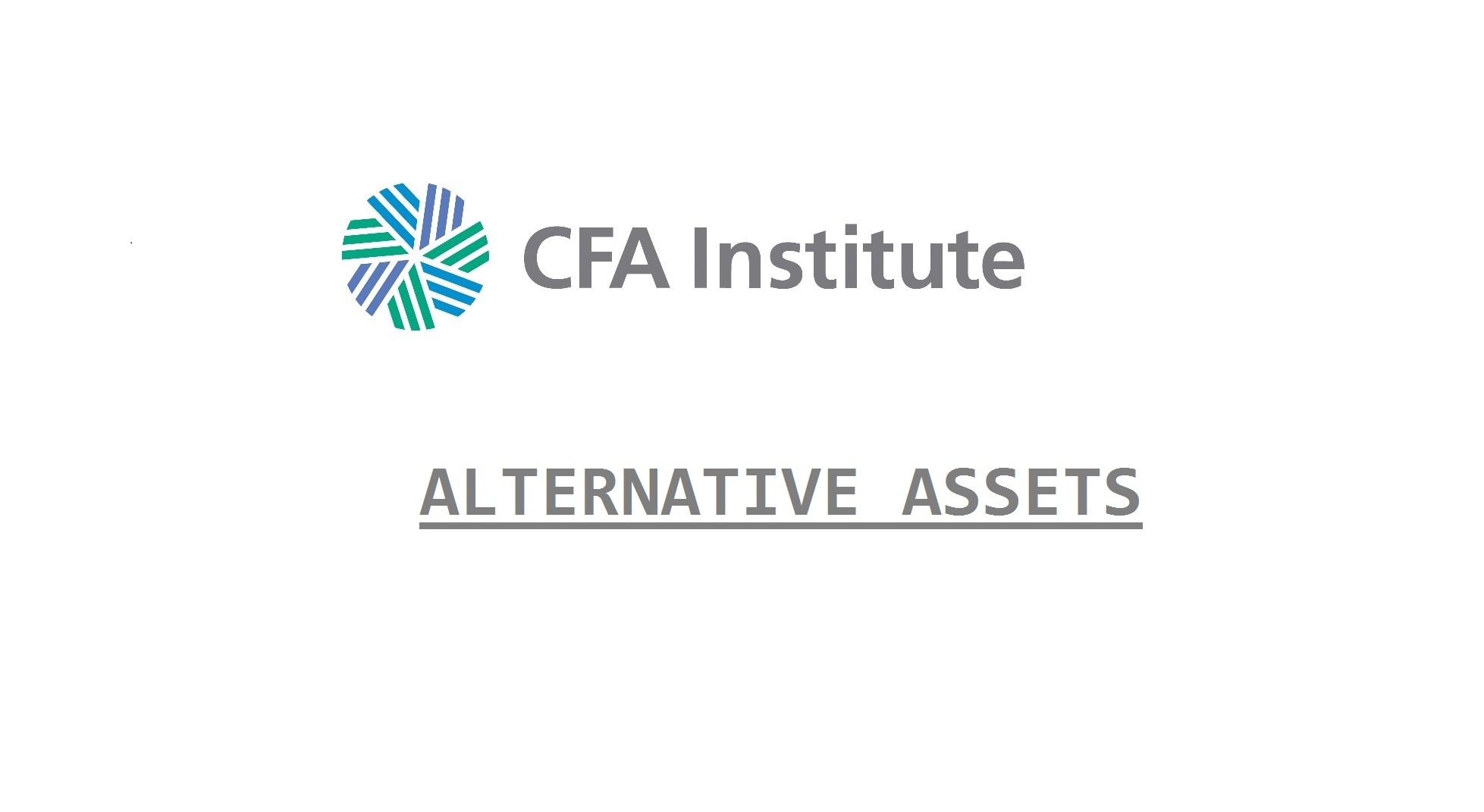Following a practice-based risk factor perspective, a conditional linear factor model can be used to uncover and analyze hedge fund strategy risk exposures.
A simple conditional linear factor model applied to a hedge fund strategy’s returns can be represented as:
(Return on HFi)t = αi + βi,1(Factor 1)t + βi,2(Factor 2)t + … + βi,K(Factor K)t + Dtβi,1(Factor 1)t + Dtβi,2(Factor 2)t + … + Dtβi,K(Factor K)t + (error)i,t,where
- (Return on HFi)t is the return of hedge fund i in period t;
- βi,1(Factor 1)t represents the exposure to risk factor 1 (up to risk factor K) for hedge fund i in period t during normal times;
- Dtβi,1(Factor 1)t represents the incremental exposure to risk factor 1 (up to risk factor K) for hedge fund i in period t during financial crisis periods, where Dt is a dummy variable that equals 1 during financial crisis periods (i.e., June 2007 to February 2009) and 0 otherwise;
- αi is the intercept for hedge fund i; and
- (error)i,t is random error with zero mean and standard deviation of σi.
Each factor beta represents the expected change in hedge fund returns for a one-unit increase in the specific risk factor, holding all other factors (independent variables) constant.
Any returns not explained by the model’s risk factors would be attributed to either omitted risk factors, alpha (i.e., hedge fund manager skill), or randomness (error).
A stepwise regression process is useful for creating linear conditional factor models that avoid multicollinearity problems, by avoiding the use of highly correlated risk factors.
- Equity risk (SNP500).
- Currency risk (USD).
- Credit risk (CREDIT).
- Volatility risk (VIX).
